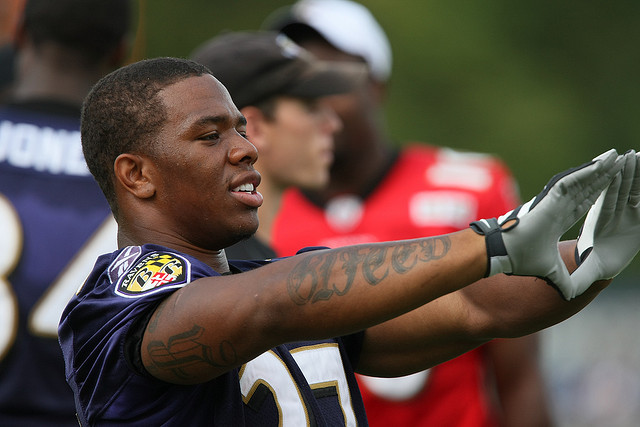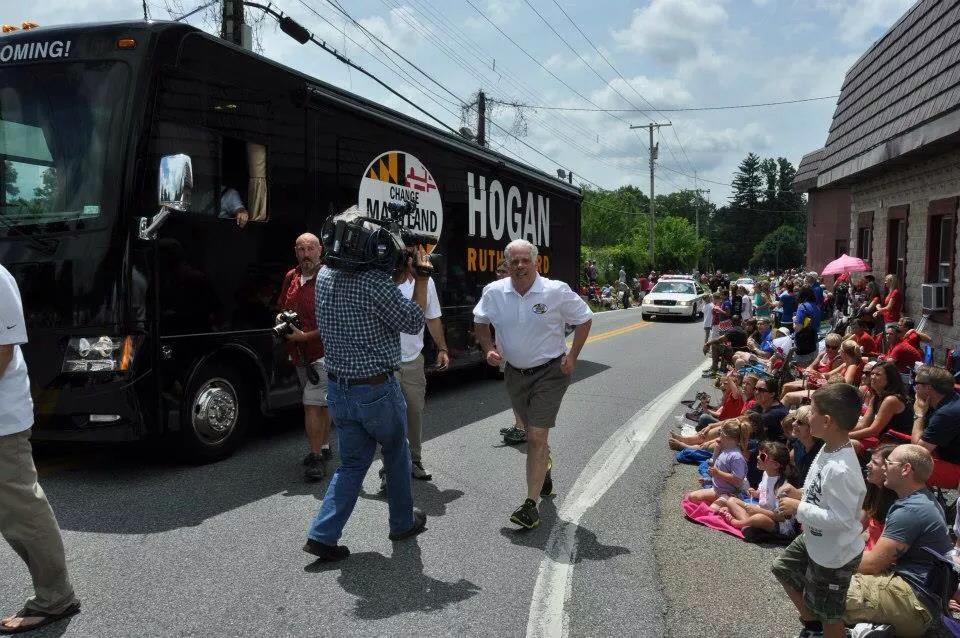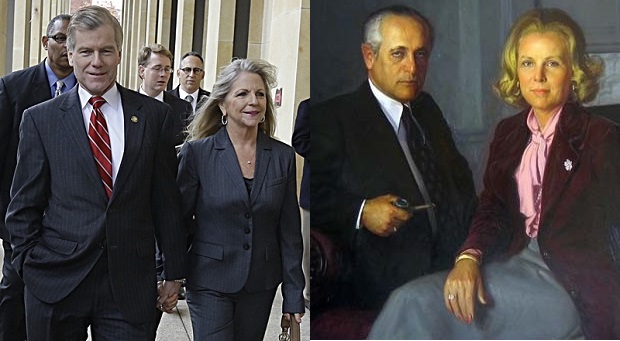By Michael Collins
For MarylandReporter.com
A victory by Hillary Clinton—and a 2018 backlash against her—most likely would have given Gov. Larry Hogan’s reelection bid a boost, as Josh Kurtz argued in MarylandReporter.com last week.
Overreach by a unified Republican federal government, however, may cause an anti-GOP backlash similar to what we saw in 2006. Back then voters around the nation wanted to “send a message” to President George W. Bush; Maryland Republican Gov. Bob Ehrlich, who had a 57% approval rating, suffered the consequences.
Projecting the outcome of a future election based upon similar conditions and results of the past may be tempting, but it assumes that voting blocs are static and candidates are helpless to shape their own fates. If this year’s election has taught anything, it is that voters are more powerful than conventional wisdom.
There are parallels between state and national elections. Maryland Democrats nominated Kathleen Kennedy Townsend and Anthony Brown for governor in 2002 and 2014 respectively. Both were “historic” candidates—the first woman and first African American to be nominated for governor by a major party.
Both were lieutenant governors, and both were uniquely uninspiring candidates who ignored their bases.
Ignoring their bases
Townsend focused her campaign on Baltimore City, Montgomery County, and Prince George’s County. She took for granted support from her Baltimore County home, which opened the door for “Ehrlich Democrats,” who had elected him to Congress.
Likewise, Anthony Brown took the African American vote for granted and did not campaign as much as he should have in Baltimore or Prince George’s County. Consequently, African America voters in Baltimore and Prince George’s felt disrespected and did not turn out.
Both Townsend and Brown ran on resumes that included numerous titles, but few accomplishments. Both had the money, endorsements, and the media behind them—along with a massive voter registration advantage.
Instead of playing to win, however, they simply played not to lose. Rather than push their own positive vision, they bombarded their opponents with negative ads. How similar the Townsend, Brown, and 2016 Clinton campaigns seem to be.
The New York Times reported that Hillary Clinton declined an invitation to speak at Notre Dame’s St. Patrick’s Day celebration because she did not need to reach out to white Catholics.
Rust Belt turns red
Hillary’s campaign aides laughed at Bill Clinton for encouraging her to stump for white working class votes in the Rust Belt. They thought Bubba was nostalgic for his 1992 coalition and didn’t understand the new demographic realities.
Subsequently, Hillary Clinton did not make a campaign stop in Wisconsin—which had not gone Republican since 1984. Although she won heavily minority Milwaukee, she received 45,000 fewer votes than did Barack Obama in 2012—and lost the state by 11,000 votes.
The media blamed Clinton’s loss on a so-called “whitelash”—a backlash of white voters. But that was not the real problem. Donald Trump got fewer votes in 2016 than Mitt Romney got in 2012. The problem was that white working class voters felt abandoned by the Democrats—and many black voters did too.
Barack Obama received 97 and 93% of the black vote in 2008 and 2012 respectively—and those were high turnout years. Hillary Clinton received only 88% of the black vote with an average turnout. Celebrity endorsements were no substitute for showing up.
John Judis and Ruy Teixeira, argued in their 2002 book, “The Emerging Democratic Majority,” that the demographic shifts to younger “progressive” voters would consign the GOP to the ash heap of history. This was similar to the post-Watergate belief that Democrats had permanent majorities based on an enduring coalition of workers, women, African Americans, and Baby Boomers based on social mores.
In order to appeal to women and minorities, Democrats pushed aggressive affirmative action programs that pitted working class white men against working class women and minorities. But blaming it on racism and sexism is lazy shorthand to explain tough problems.
Not bigots
Nixon’s “silent majority,” Reagan Democrats, Ehrlich Democrats, Hogan Democrats, Trump’s “forgotten men and women,” are not bigots. Most are voters who felt abandoned by the Democrats on basic values and who needed to feed their families. Many black voters apparently felt similarly even after eight years of President Obama.
The lesson for both Republicans and Democrats from the 2002, 2014, and 2016 elections should be obvious—don’t take voters for granted. Voting blocs and majorities are not permanent, and a lot of good will can be bought by showing up, listening to citizens, and asking for their votes.
Kurtz may be correct that Republican overreach on the national level will result in a voter backlash in 2018 that costs Hogan his reelection. But Larry Hogan and Donald Trump have proven that by showing up, demographics are not necessarily destiny.
By continuing to reach out to all voters, listen to their problems and ask for their votes, Hogan may better control his fate and defy the pundits, and make 2018 another surprising election year.
Michael Collins can be reached at [email protected].






Recent Comments